ZMINA: Rebuilding - How young people are changing urban space in Zaporizhzhia
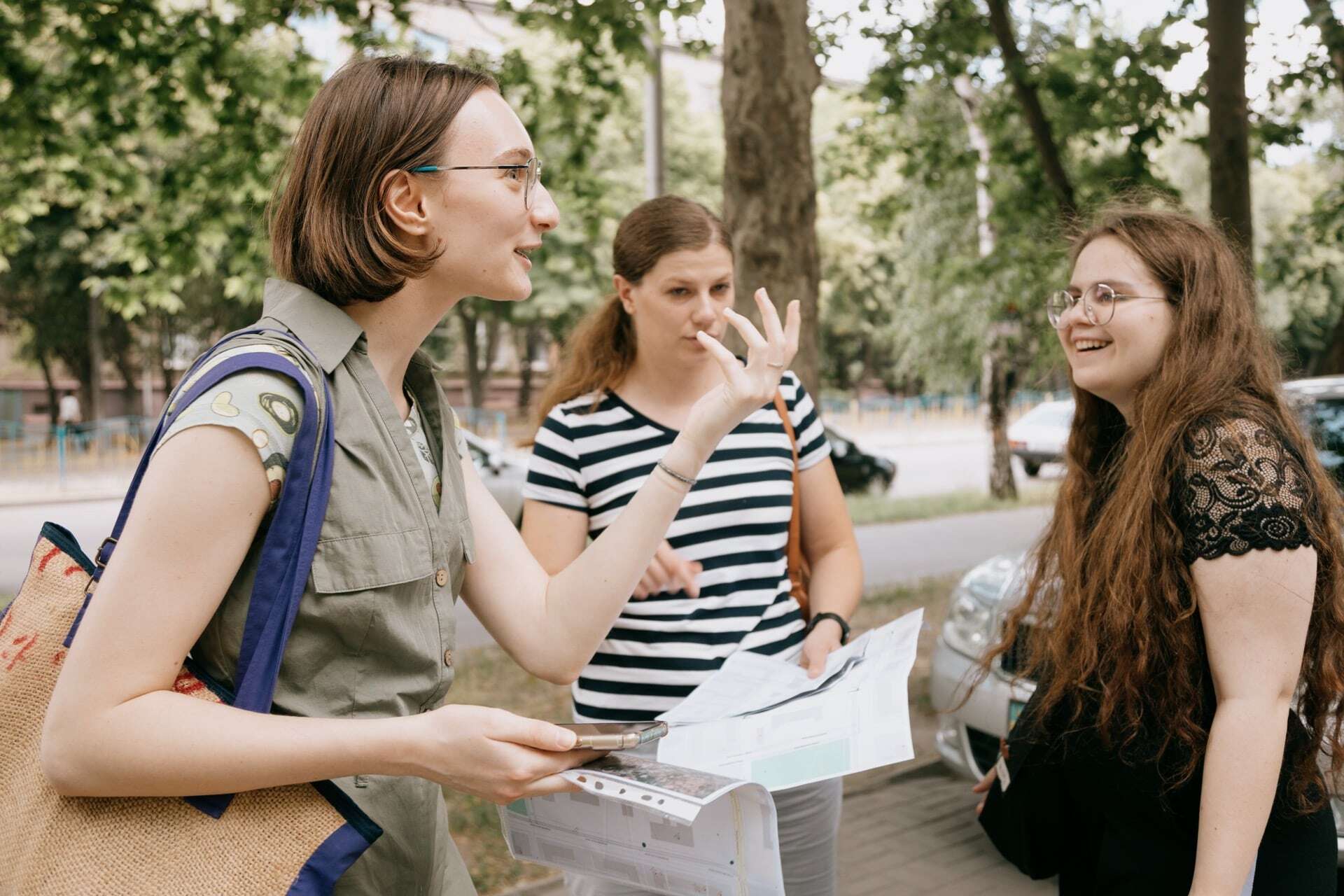
Young people in Zaporizhzhia are actively reshaping urban spaces through community-driven initiatives. From creating public spaces to advocating for local change, they are addressing gaps in youth engagement and city planning. The Space of Changes project aimed to facilitate the current and post-war transformation of Zaporizhzhia through the development of a network of public spaces. By using cultural activities as a tool, the project sought to engage locals, particularly young people, in the reconstruction process. This was achieved through educational sessions, creative workshops, interactive excursions, and an innovative urban workshop.
Please tell us about your organization and what projects you have implemented before.
In fact, this is an organisation that we founded with colleagues in 2016. At that time we were still students, volunteering somewhere and working a little bit in the public sector.
At the time, it was a response to the crisis response to the war in Ukraine. Refugees started coming from Donetsk and Luhansk regions. Zaporizhzhia and Dnipro became one of the outposts that received internally displaced people. And many organisations rushed to help.
But somehow it happened that no one was interested in young people. They are not vulnerable enough to receive humanitarian aid, and they usually do not have enough experience to get a job. There was this gap - a bunch of young people came to Zaporizhzhia who didn't know the city, who weren’t very well-oriented, and who no one was in a hurry to help, so to speak. And we, as an organisation, began to organise some small meetings, small classes in photography, video, and media literacy for these young people who had just arrived in Zaporizhzhia.
Then, somehow, it came to a halt, and we started conducting advocacy campaigns. It was then that a very clear course for European integration was being formed, it was included in the Constitution, it was included in all state policies, but again, at the local level, it works a little differently. And we were the people who started telling young people about different things, that it was very important, started telling them about Erasmus opportunities, even started helping to find such opportunities, bringing successful cases here.
And so it kind of spiraled, but it was still more of a hobby. But when the full-scale invasion began in 2022, this hobby turned into a way to get a lot of young people involved in volunteering. The network of young people was able to react quickly and help. But the problem was the same as in 2014, that over time, no one was interested in young people because they were not vulnerable enough.
And then we returned to working more actively, for a longer period of time, and began to work in different areas to fill these gaps.
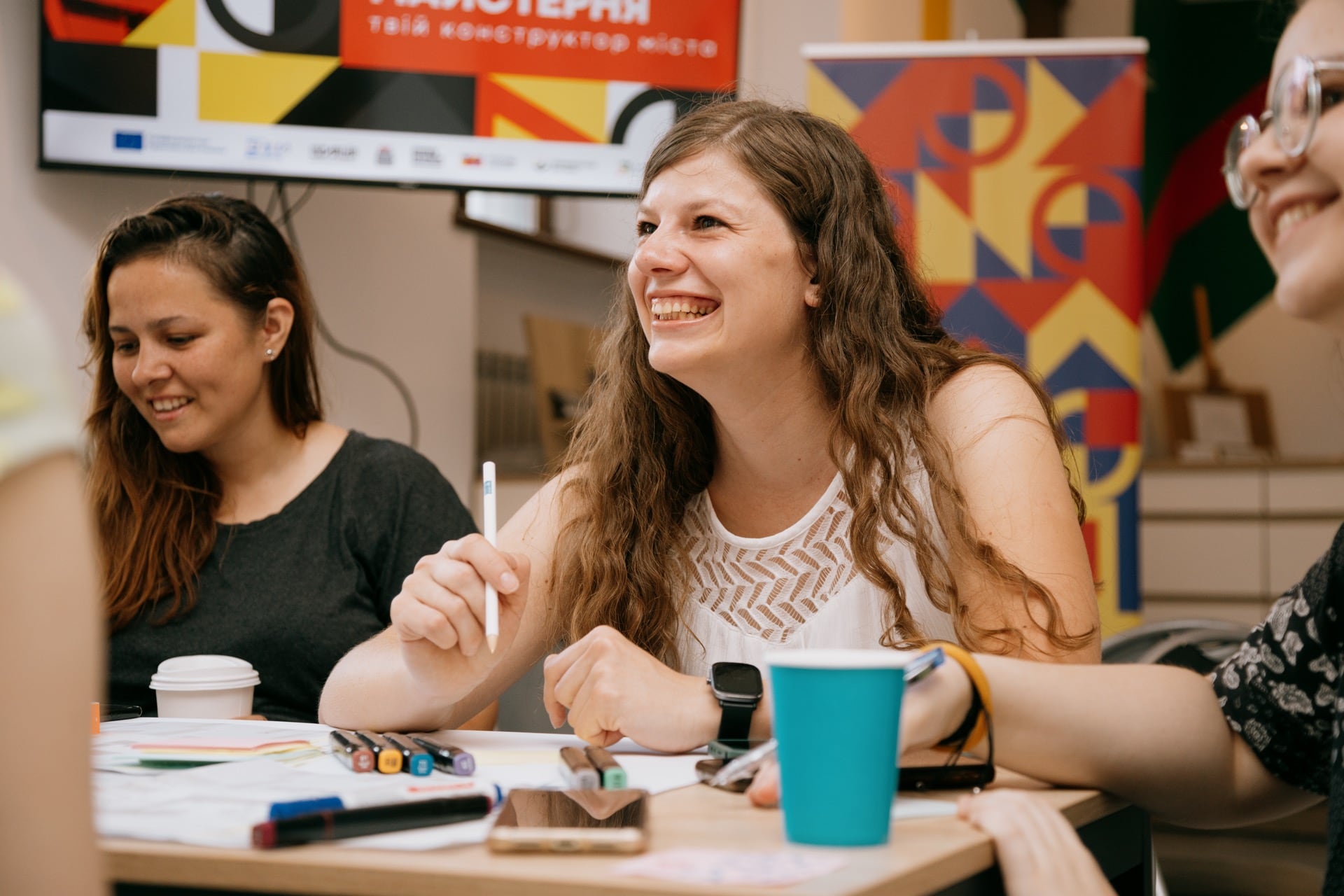
What are you focusing on now?
And now we are focusing essentially on five of these areas. The first is creating communities for young people, it's about youth centers, youth councils, urbanism, everything that helps to create a community. The second is humanitarian response. This is psychological support, sometimes legal assistance. A big area is working with loss of education, that is science, that is working with schools. Another of our areas is supporting women, involving young people and children in some kind of scientific and educational integration, career guidance programmes, business creation programmes. Anything that can help them return to the labour market or the economic market. And last but not least, is the national identity.
Through culture, through cultural interconnections, we show that Ukrainian identity is very important, it is worth a lot, but Ukrainian identity is not about sharovary - ukrainian traditional man’s pants -, it is about you, about your rethinking, about your city, about your community, about the people around you. And we are actively working on this.
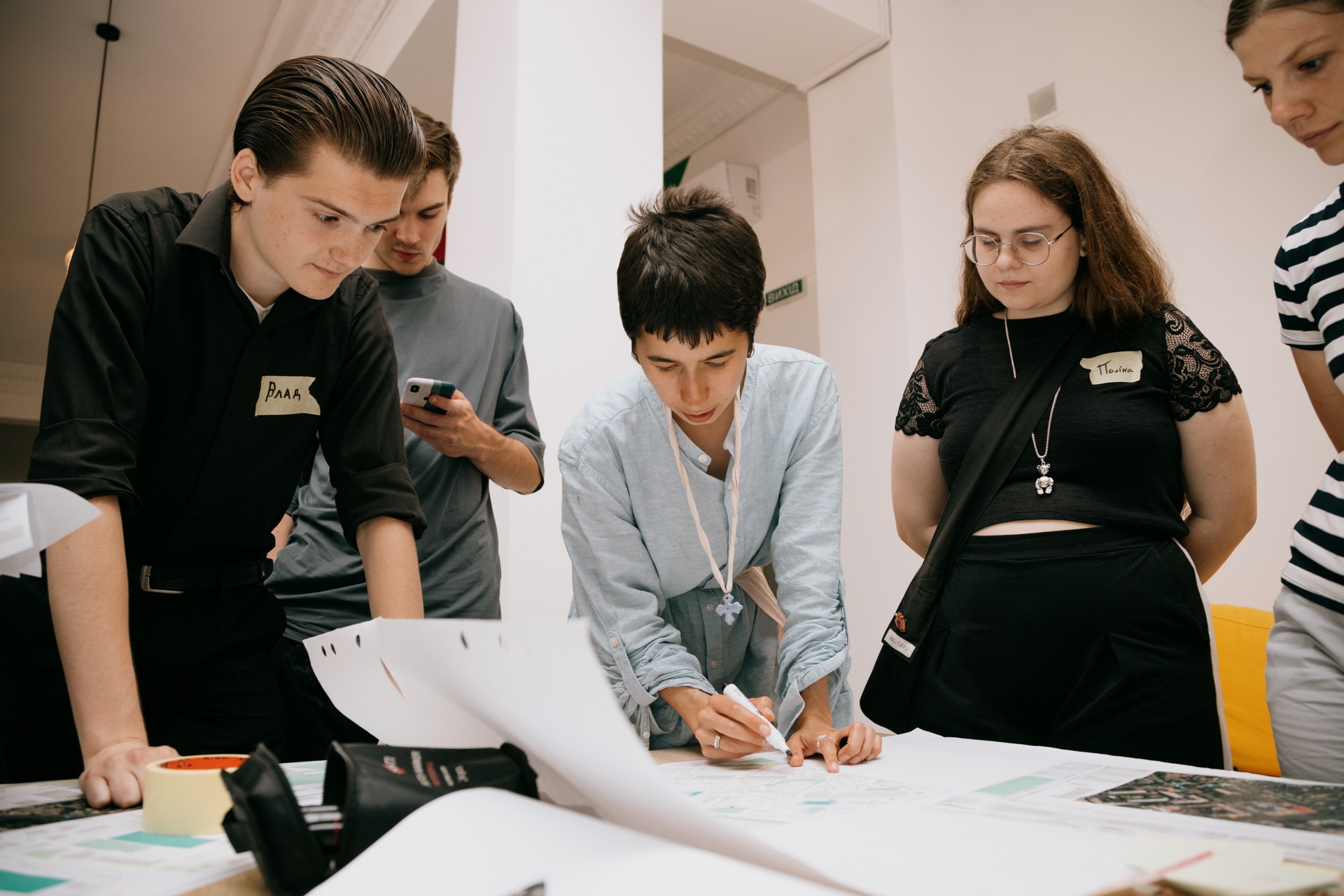
Tell us about the Spaces of Change project. How was it born, how did the idea come about?
The idea came from living in Zaporizhzhia. Zaporizhzhia is a very large city in terms of area. It is slightly smaller than Kyiv. So there are a lot less people living here. And it's such a sanctuary of architecture. We have the Bauhaus, we have the Empire, we have German architecture, Russian architecture, Soviet architecture, a lot of different things.
We went through the Soviet occupation. And this later Soviet Union, it worked against unification, so it did not allow the creation of real spaces for communication, spaces of change were prohibited in any format. That is, the community centers turned into just a set of some clubs. In parks, benches or lights were removed so that it was impossible to be there.
And we decided that young people should drive change. We made a hypothesis that if we support and teach a certain number of young people how the city works, how spaces work, they will have a desire to create something. And they will create it. And they will begin to implement such changes. In order to do this, we made a preparatory stage and conducted a tour of the socialist city. This is a Bauhaus reserve, one of the four in the world, and architects love to come there. We gave a tour and showed how a city should be planned in general.
Then we organised a gardening workshop. In 2020, the regional youth centre and I created a small public space. We invited an urban gardening expert, a friend of ours. And she showed us how to plant, how to form flower beds, why compost is important, why it is important to collect grass. And the young people just worked with their hands, saw how it all works, and were inspired. Then there was a lecture about public art, about how you can change the space through public art.
Our partners from Cultprojector showed how they are changing this in Zaporizhzhia and in Germany. The culmination was a workshop where we invited professional urbanists who talked more specifically about spatial analysis, working with beneficiaries, planning, and how urban planning works.
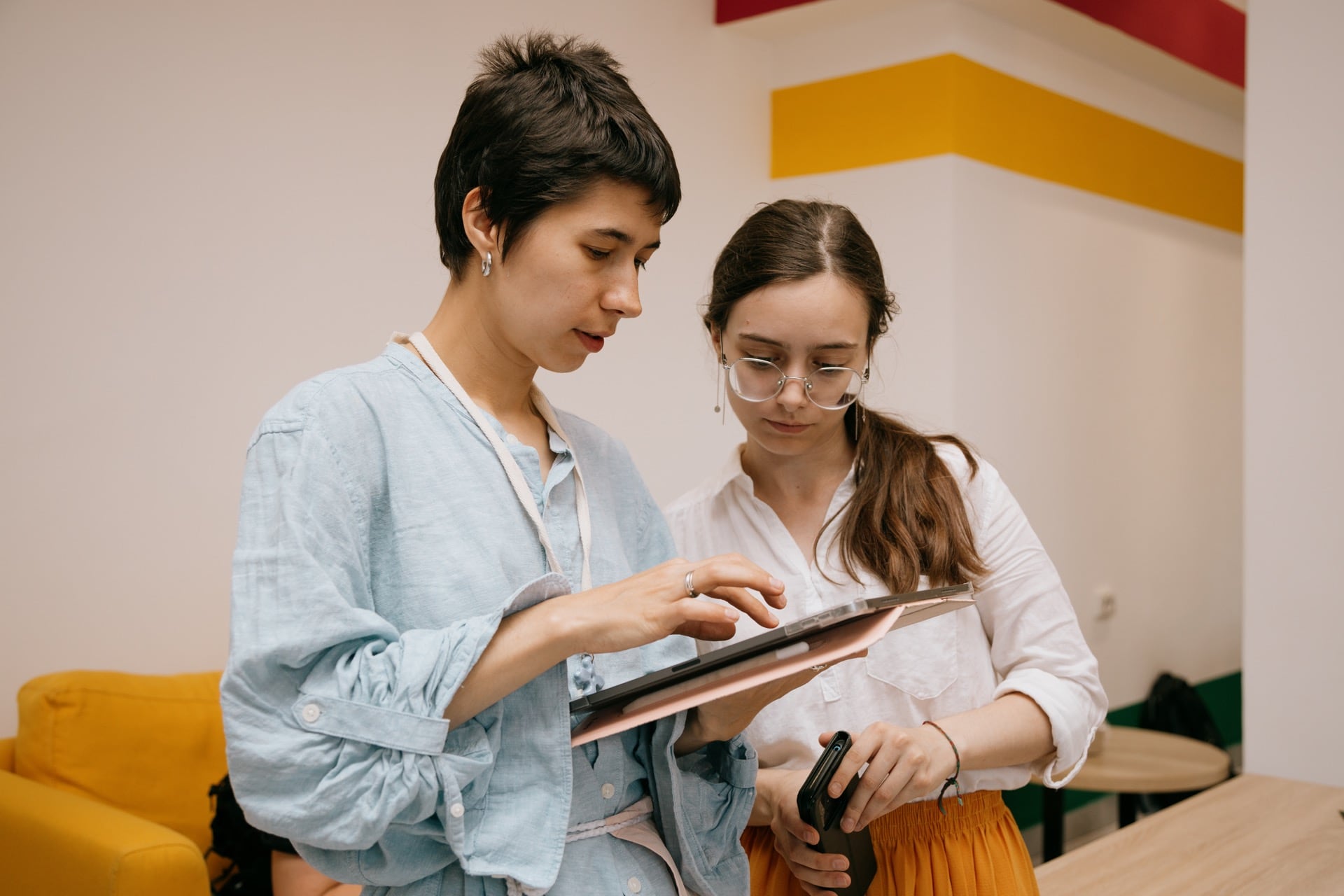
For almost a month, it was stretched over different stages: research, planning, concept development, etc. And then we invited the teams, two of them left, who worked on the city park and the other on the space near one of the shelters where events are held, to present their ideas to the mayor and the city chose which one was the highest priority.
The mayor chose the concept of a public space near a shelter. This is the city centre, with a restaurant and parking lot near the chosen location. And this shelter is big, beautiful, cool, but there is nothing near it. Cars drive past it. And we have a series of photographs of people just sitting on this pavement and waiting for an event.
We bought tall pots, fenced it off so that it was not a parking lot, so that cars could not drive in. Now it's a very functional space. It looks small, but everyone likes it very much because you don't sit on the tiles, and that's great.
It was at this point that we came to the ZMINA team and agreed that instead of creating one space within the project, we would create another. The city agreed to fund the second space.
We opened a youth centre in this area of the Bauhaus. We turned an old library into a modern youth centre. And we agreed with the city to create a space around this centre.
We also held a hackathon. We invited the chief architect of the city, the mayor, and we invited Kateryna Taylor, a cultural manager. And we discussed spaces for young people, why they are important, why young people want to leave, what are their challenges, and what are the rights of young people that need to be defended. We talked, and it influenced the people involved in the discussion. At the same time, we held a working hackathon. Unfortunately, we did not gather as many people as we wanted to. But there, we drew plans of how young people see the space and what its needs are.
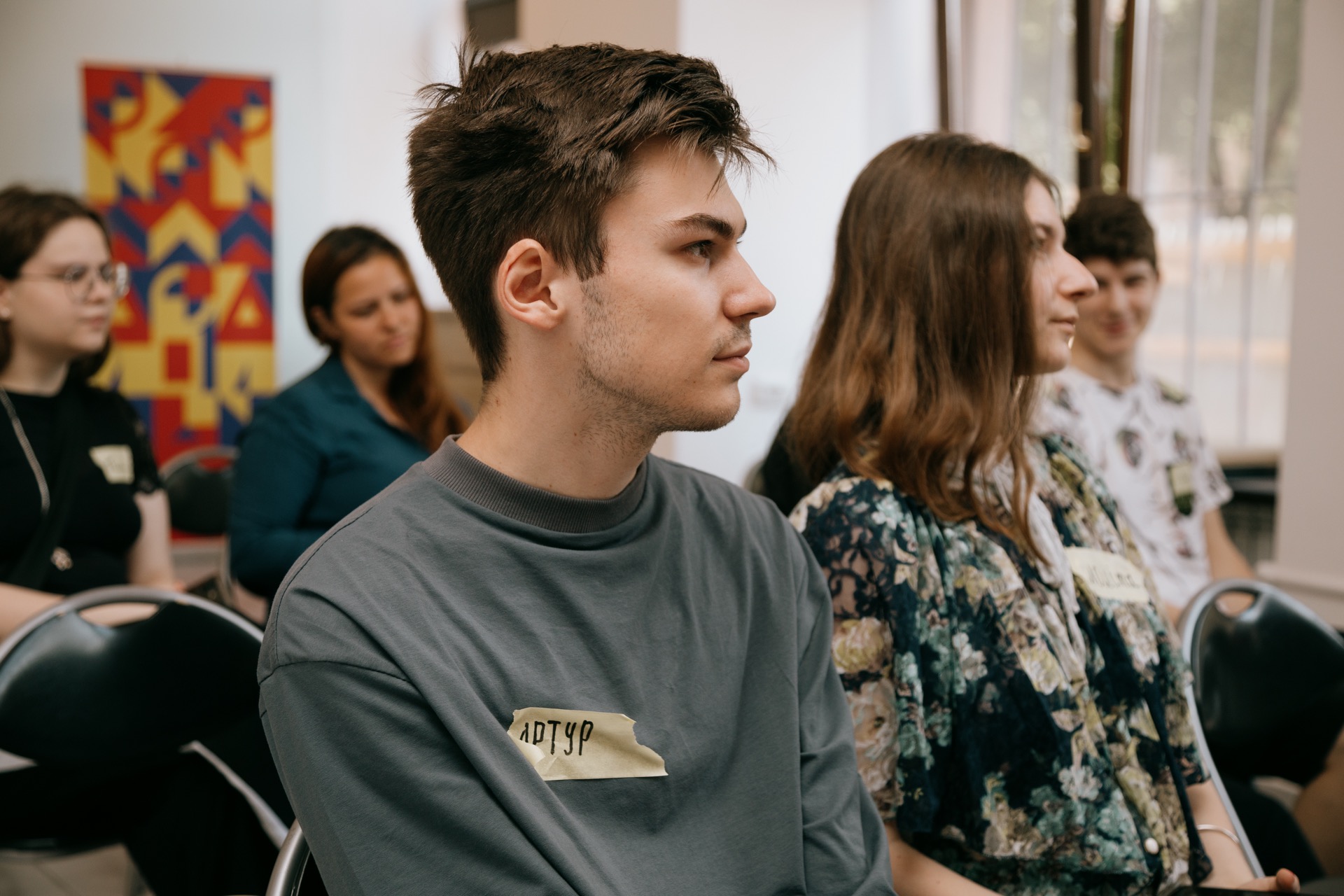
The youth formed a vision, we gave it to an architect, and she worked on it. And now the project has been realised. Although not completely, because we didn't have enough money for outdoor furniture.
But the basic things like the lighting, the paths, and space planning have been preserved. And I think it will be fully operational in the summer. So it turns out that we have formed a small community that can implement changes.
We have created two public spaces and reached about 200 young people who now understand how the city works and how to influence it.
How did you attract young people?
There was a lot of advertising. We made posts with our partners, with the regional youth centre, and with cultural and local spaces. We tried to reach the already-formed audience as organically as possible.
What kind of community feedback do you receive on these projects?
It is difficult. Zaporizhzhia is a very complicated city, and big decisions are immediately confronted with negativity. For example, the space near the shelter was not big enough to face negativity. We have a certain amount of feedback, but it is positive.
Maybe people don't even quite understand what has happened, but they definitely feel more comfortable.
How do young people react to this? Do you think they are more motivated now?
Young people here have always been motivated. But there are few options for young people in Zaporizhzhia. Either you do something adequate and cool and change the space around you, or you are marginalised. And in Zaporizhzhia, people are very active in trying to do something.
But because Zaporizhzhia is big, the neighborhoods are very far from each other. Each neighborhood is like a city within a city. And there are no such spaces for community building, so motivated young people are easily demotivated because they don't see other motivated people.
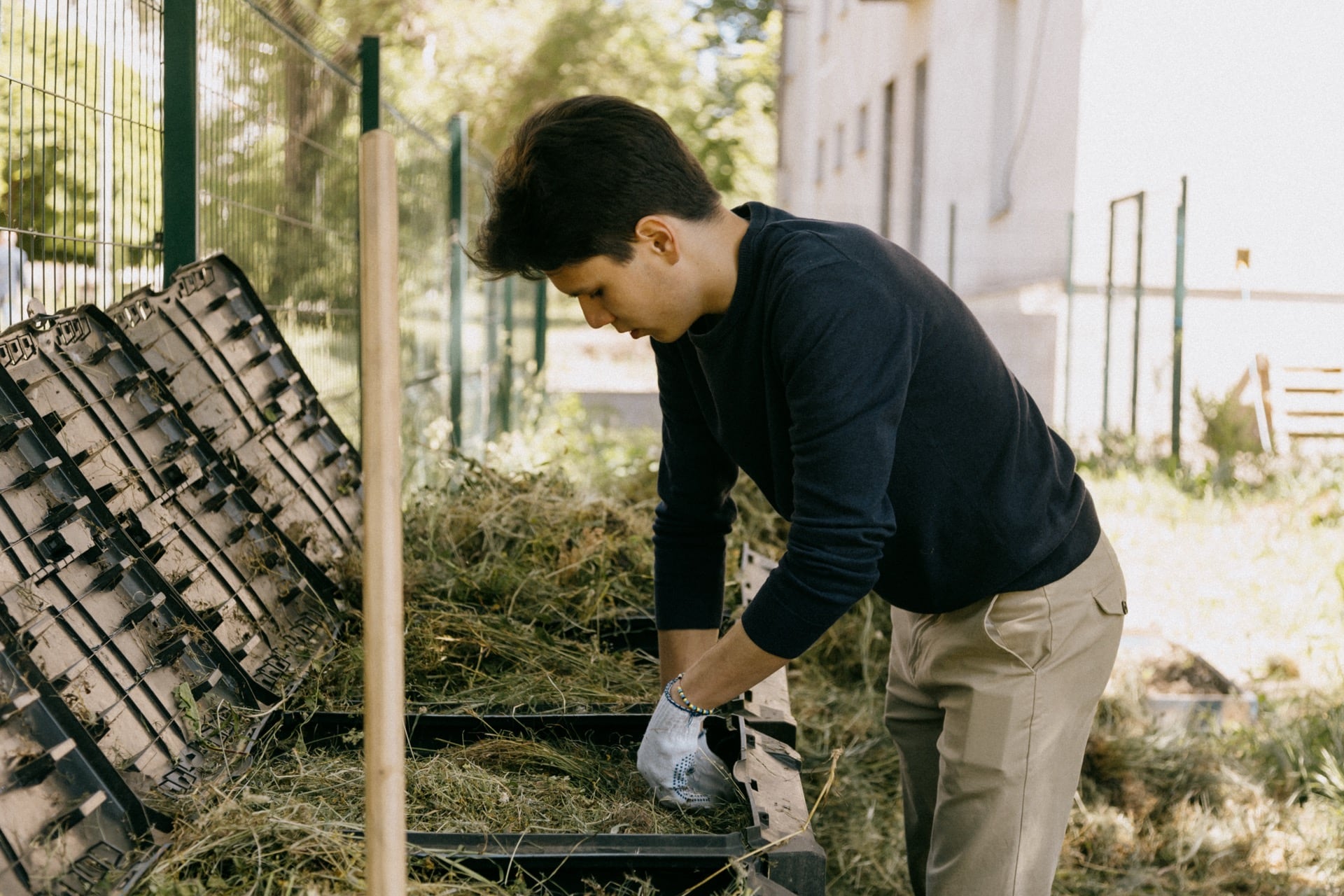
We would like this project to inspire other spaces, so to speak. It is very effective, but in order to keep young people in the city, they should not be forced to come to us. They should be caught where they live, in their neighborhoods, and we should create spaces of community formation in their neighborhoods.
It just so happened that when we were organising these events, most young people wanted this space to be somewhere where they go often. But from the point of view of strategy, this is wrong, because although young people come here often, it is not very comfortable. They have to travel 40 minutes to this place, because the city is big.
But this is a very cool showcase. We have shown the local authorities that changes are actually very easy, simple and cheap to make. But in order for them to have a sustainable effect, you need a lot of them. We showed young people that they can change their city. You just need to understand what you want and how you see it. And then it will all go from there. And we showed the townspeople that young people are very capable, intelligent people who can do things.
And now that we have opened the youth centre and the second space is starting to work, it can be considered a complete cycle. Now we just need to copy the project to more districts. And then it will lead to a tsunami of change.
When young people were working on these projects, who did they turn to if they had any problems?
In addition to our team, who arelocal and know well where to go and why, we had Volod Kozotov as an expert who spoke about integrated planning itself. We had Margarita Zakharova, who is also a local, but an urbanist who moved to Kyiv a long time ago, who spoke about research, and how cities are generally built. We had Viktoriia Veres, who spoke about public art in Zaporizhzhia, in Dimechchyna, how Zaporizhzhia was formed, how some spaces changed for the worse or for the better.
And at the same time, as part of one field trip, the young people just went around asking people, under our supervision, of course. But they were, without any stress, contacting their elected town representatives, their district administrations, these Houses of Culture by their own.
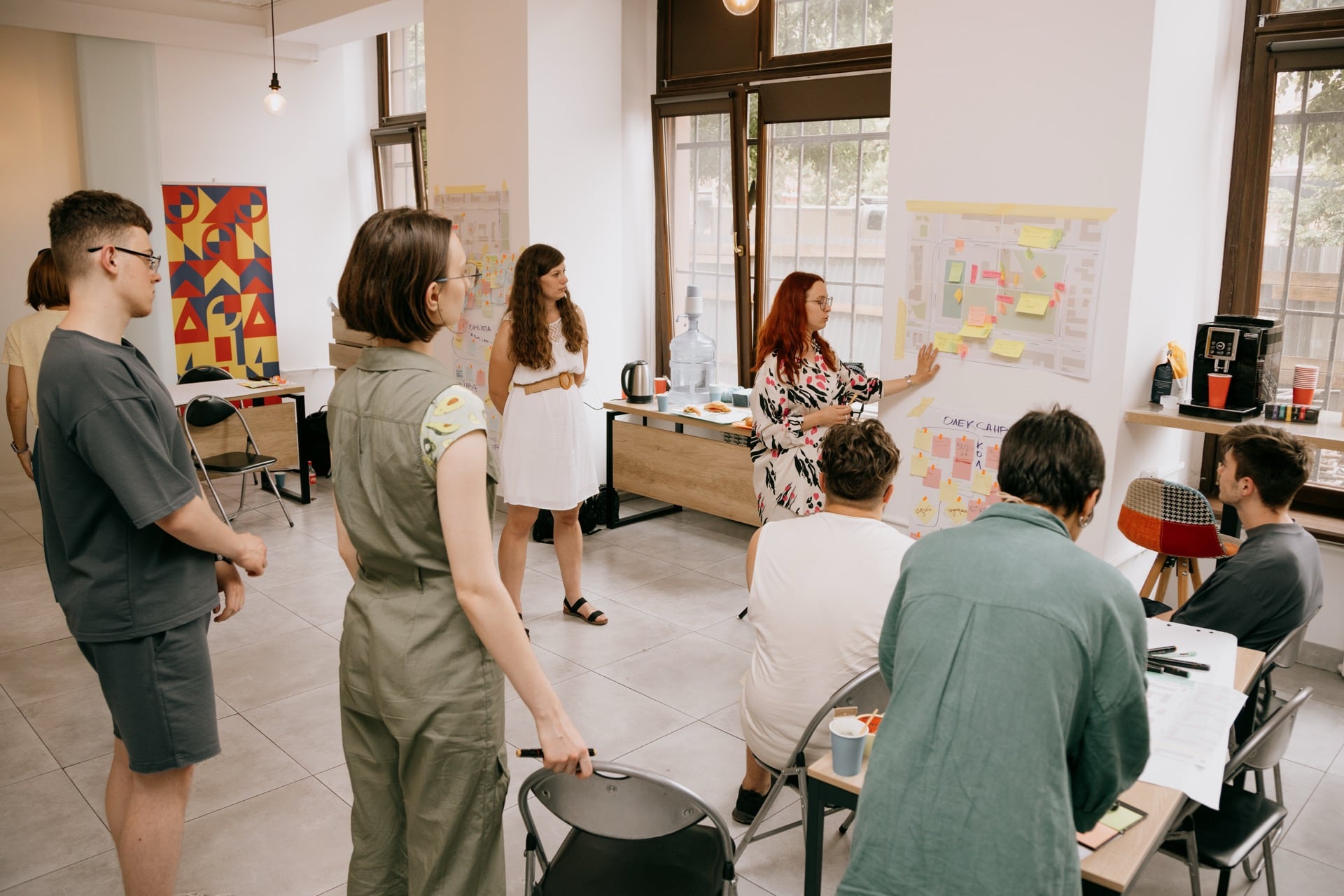
They did not have this fear that someone would not allow them to do something. As my colleagues used to tell me, the problem is not that young people don't know how to do anything or that young people don't know what they shouldn't do. The problem is that young people don't know what they can do, so they don't do it. And this project was about what can be done to make the city better.
What was the age group of the project participants?
Young people were probably between the ages of 16 and 32. This is the range of active people, and there was one woman in her 40s.
What are your future development plans?
Now we are negotiating with UNICEF to create youth centres in the city districts. And this looks like a potentially very cool match, because in these youth centres we can teach young people how to transform their spaces, support them with budget money, or vice versa, fundraise money.
And this created a series of spaces suitable for projects to transform according to the way the community needs it.
Author: Anna Siedykh
ZMINA: Rebuilding is a project co-funded by the EU Creative Europe Programme under a dedicated call for proposals to support Ukrainian displaced people and the Ukrainian Cultural and Creative Sectors. The project is a cooperation between IZOLYATSIA (UA), Trans Europe Halles (SE) and Malý Berlín (SK).